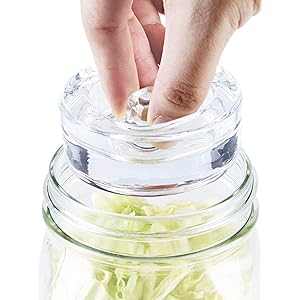Understanding Amber Ale Type
Amber Ale is a distinct category of beer characterized by its rich amber hue, which results from the use of caramel malts. This type of ale typically presents a balanced flavor profile, combining malt sweetness with a moderate hop bitterness. The amber color is achieved through the roasting process of the malts, which not only affects the color but also contributes to the beer’s overall aroma and taste.
Flavor Profile of Amber Ale Type
The flavor profile of the amber ale type is often described as complex yet approachable. It usually features notes of caramel, toffee, and sometimes a hint of chocolate, which are derived from the specialty malts used in the brewing process. The hop character in amber ales is generally subdued compared to other ale types, allowing the malt flavors to take center stage. This balance makes amber ales a popular choice among craft beer enthusiasts.
Brewing Process for Amber Ale Type
Brewing amber ale type involves a careful selection of malts and hops. The process begins with mashing the grains to extract fermentable sugars, followed by boiling the wort and adding hops. The fermentation stage is crucial, as it allows the yeast to convert sugars into alcohol and carbon dioxide. Depending on the brewer’s preference, the fermentation temperature can vary, influencing the final flavor and aroma of the beer.
Common Ingredients in Amber Ale Type
The primary ingredients in amber ale type include water, malted barley, hops, and yeast. The malt selection is particularly important, as the caramel and crystal malts contribute to the beer’s signature amber color and sweetness. Hops are typically chosen for their aromatic qualities, with varieties like Cascade and Centennial being popular choices. Yeast strains used in amber ales can vary, but they often include American ale yeast for a clean fermentation profile.
Alcohol Content in Amber Ale Type
The alcohol content in amber ale type usually ranges from 4.5% to 6.5% ABV (alcohol by volume). This moderate alcohol level makes amber ales versatile for various occasions, whether enjoyed casually or paired with food. The balanced flavor profile and drinkability of amber ales contribute to their popularity among both casual drinkers and beer aficionados.
Get more content like this!
Sign up to receive updates and new terms first hand.
Food Pairings with Amber Ale Type
Amber ale type pairs well with a variety of foods, thanks to its balanced flavor profile. It complements grilled meats, roasted vegetables, and even spicy dishes. The malt sweetness can also enhance the flavors of barbecue sauces and caramelized dishes. For cheese lovers, amber ales go well with sharp cheddar and creamy blue cheeses, making them a great choice for cheese boards.
Regional Variations of Amber Ale Type
Different regions have their interpretations of amber ale type, influenced by local ingredients and brewing traditions. For instance, West Coast amber ales tend to have a more pronounced hop character, while East Coast versions may emphasize malt sweetness. These regional variations contribute to the diversity within the amber ale category, allowing beer lovers to explore a range of flavors and styles.
Popular Brands of Amber Ale Type
Several breweries are renowned for their amber ale type offerings. Brands like Fat Tire by New Belgium Brewing and Alaskan Amber are well-known examples that showcase the style’s characteristics. These beers often serve as benchmarks for amber ales, setting standards for flavor, aroma, and overall quality. Craft breweries continue to innovate within this style, creating unique interpretations that appeal to a wide audience.
Amber Ale Type in Craft Beer Culture
Amber ale type holds a significant place in craft beer culture, often serving as a gateway beer for those new to the craft scene. Its approachable flavor profile and moderate alcohol content make it an excellent choice for both seasoned drinkers and newcomers. As craft breweries continue to experiment with this style, amber ales remain a staple in taprooms and beer festivals, reflecting the creativity and passion of the brewing community.




